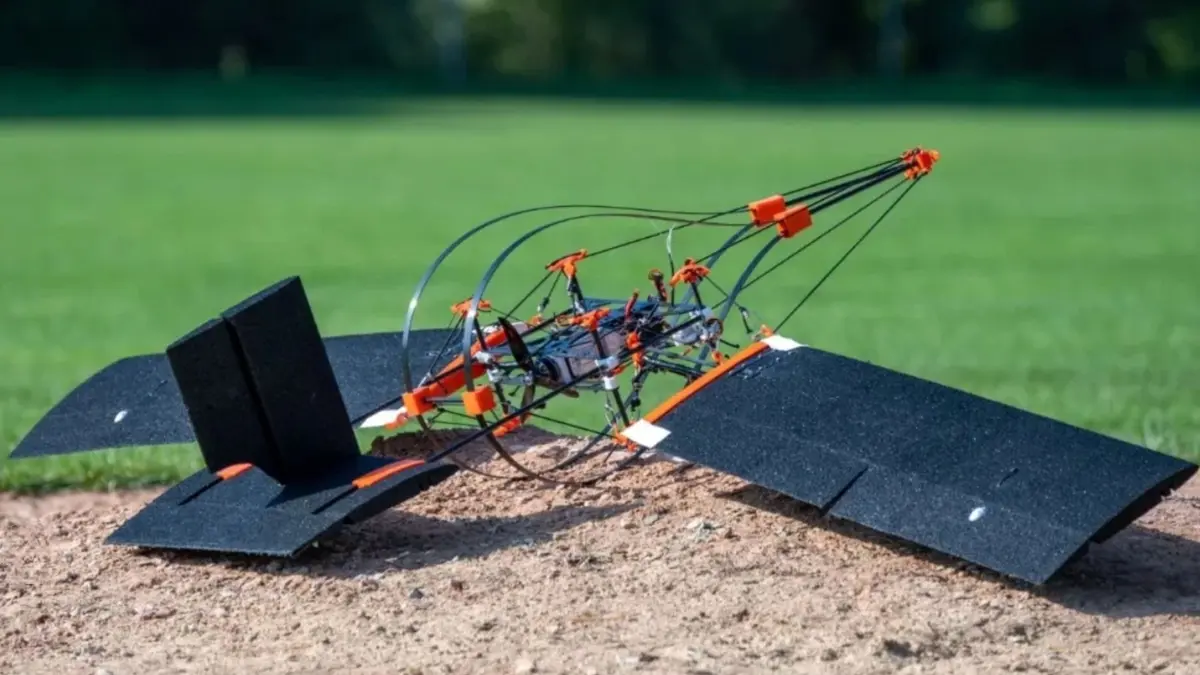Drones have become ubiquitous—from package delivery to inspection, surveillance to entertainment. But no matter how advanced, one vulnerability haunts them all: collisions. A stray branch, a gust of wind, or even a bird strike can send a drone spiraling out of control or worse. Until now, most designs treat crashes as errors to be avoided at all costs.
Enter bioinspiration. Engineers have turned to the woodpecker—a bird that hammers tree trunks repeatedly without giving itself brain damage—to build a drone capable of absorbing impact. This woodpecker-inspired drone can endure collisions head-on, cutting impact force by up to 70% thanks to a shock-absorbing structure modeled on the bird’s skull.
Continue reading… “The Woodpecker Drone: Nature’s Crash Armor Enters the Sky”












